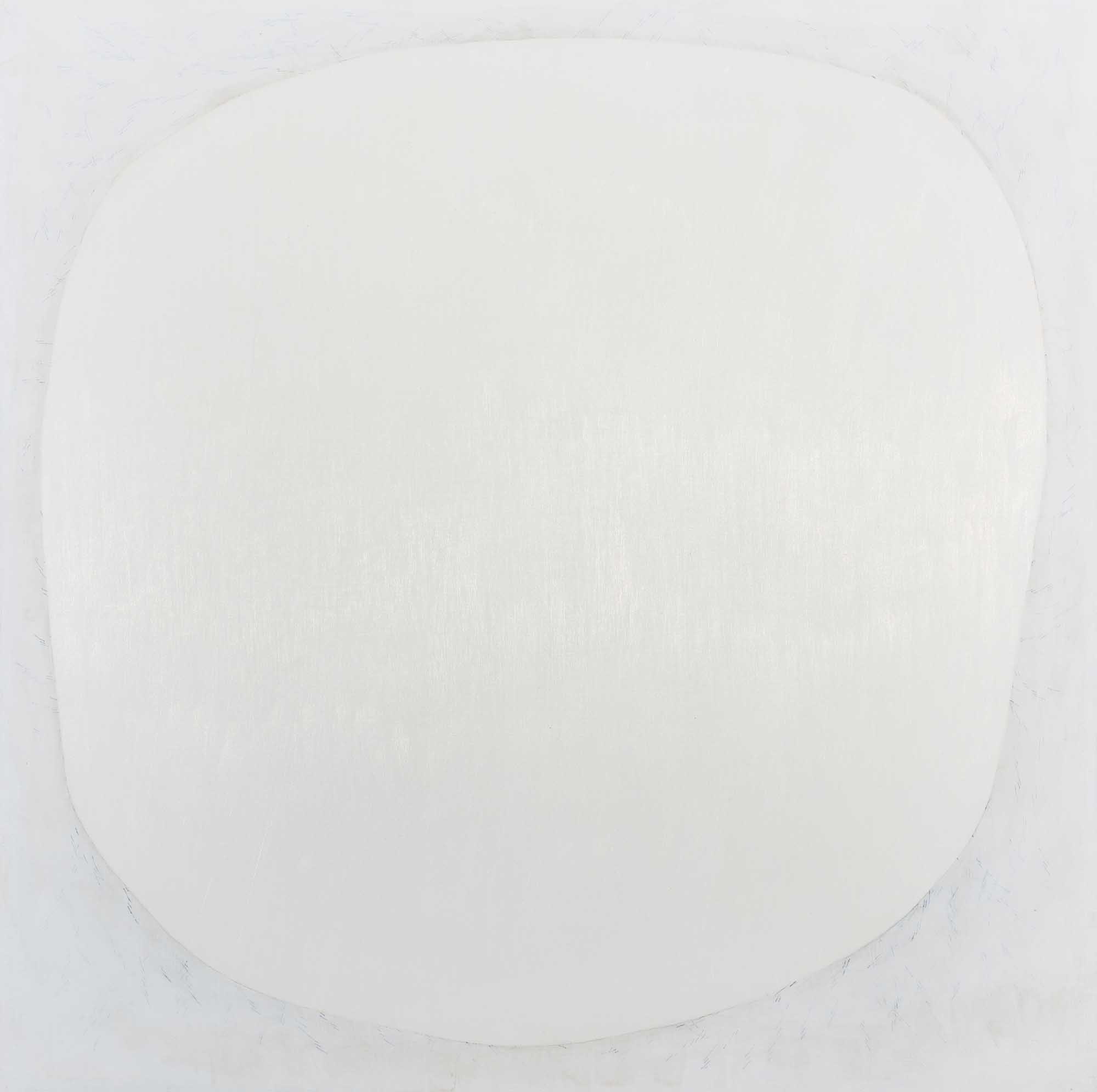Art and Remembrance
“The story triumphs over oblivion; music offers a center; the drawing challenges disappearance.”
(John Berger, Drawn to That Moment)
*****
John Berger’s “Drawn to That Moment” is a brief essay relating the author’s experience sketching his father as he lay dying. The piece is ultimately a meditation on the power of art to contest meaninglessness in the face of loss.
On January 13, dozens of people gathered in Bruun Studios to experience the memorializing of lost loved ones through music, art, and words. A few comments from the performers and artists who shared their work:
“It felt like a very healing afternoon.”
“It was a perfectly conceived and very personal event.”
“It was a lovely, cathartic afternoon.”
“It was a beautiful afternoon and an honor to be a part of it.”
“Everyone talked about the unexpected power of your program.”
Participants and audience alike knew they were in for an art experience, but few anticipated such personal potency. What did this candle-filled, silence-filled, testimony-filled, and art-filled event offer that made it special?
Art too often becomes caught up with its own “artiness” when questions of “art” are beside the point; Michelle La Perriere’s Depths (for Catherine) will always mean more to Catherine than anyone else because of what it illuminates, not because it is art.
“The creative spirit and the compassionate spirit are not things apart, but kindred manifestations of a response to life.” So said Norman Cousins, who I like to think would have approved of what took place in Bruun Studios the other day, where silent communion replaced applause, and performers and artists shared of themselves as much as they did of their art.
Said one attendee: “We need much, much, much more of what you created… a public ritual for healing.” On January 13 we had just that: a public ritual for healing—art was the means, not the point.
Art has agency when it lights up our humanity. Otherwise, why bother?

